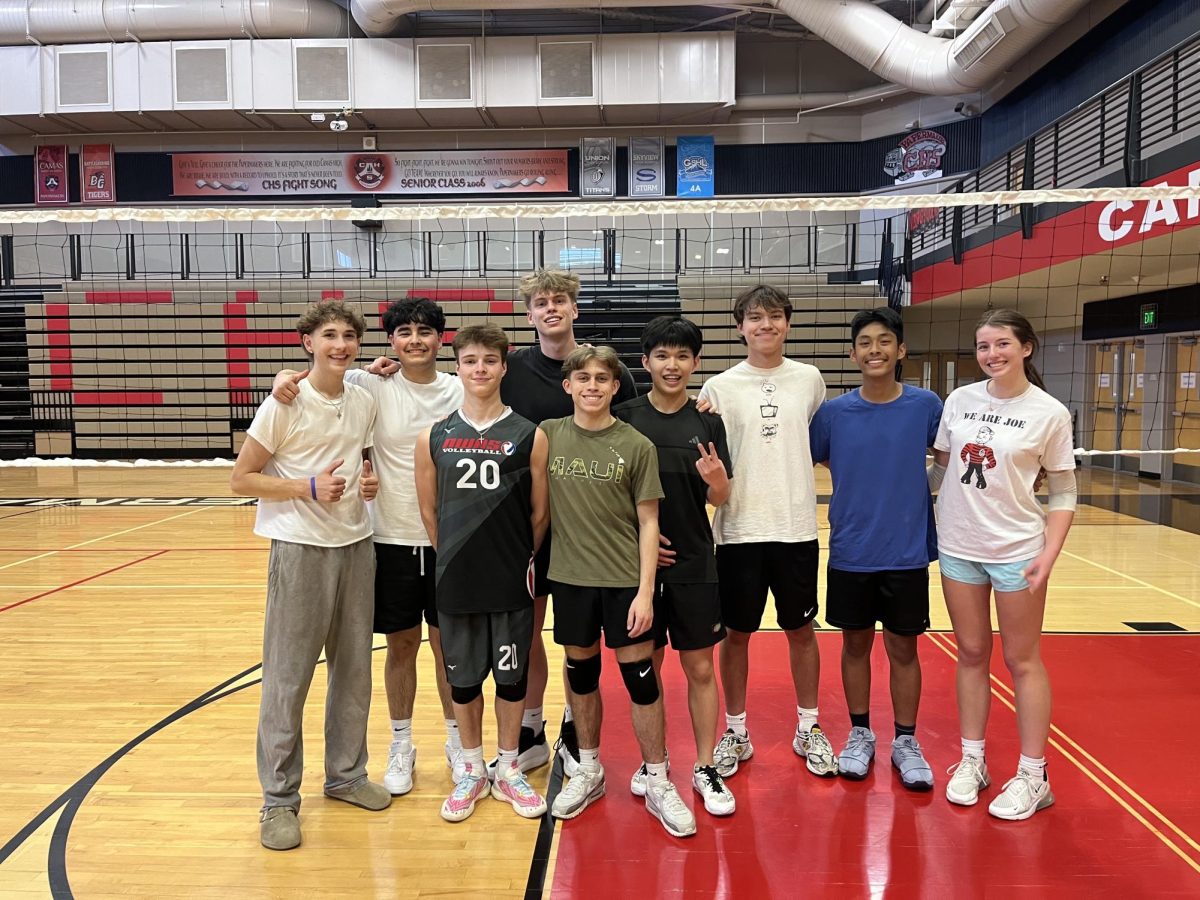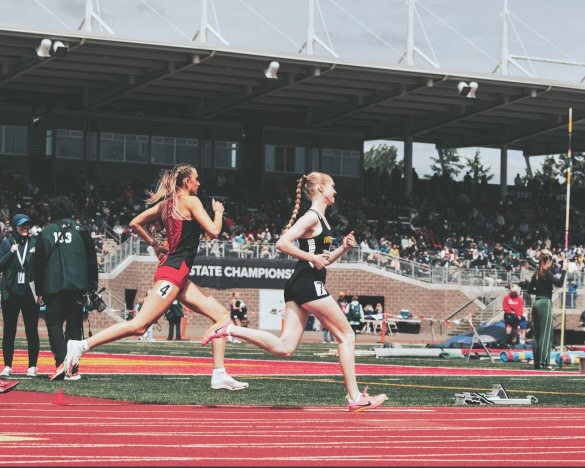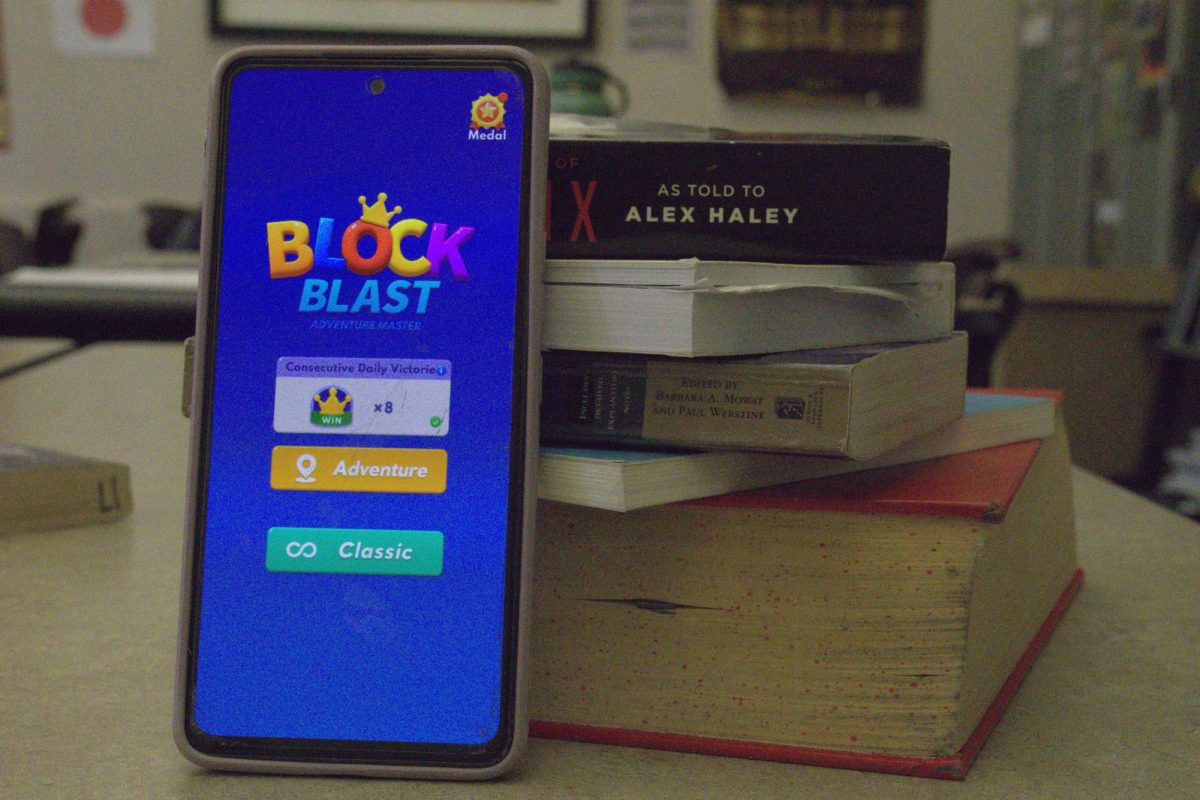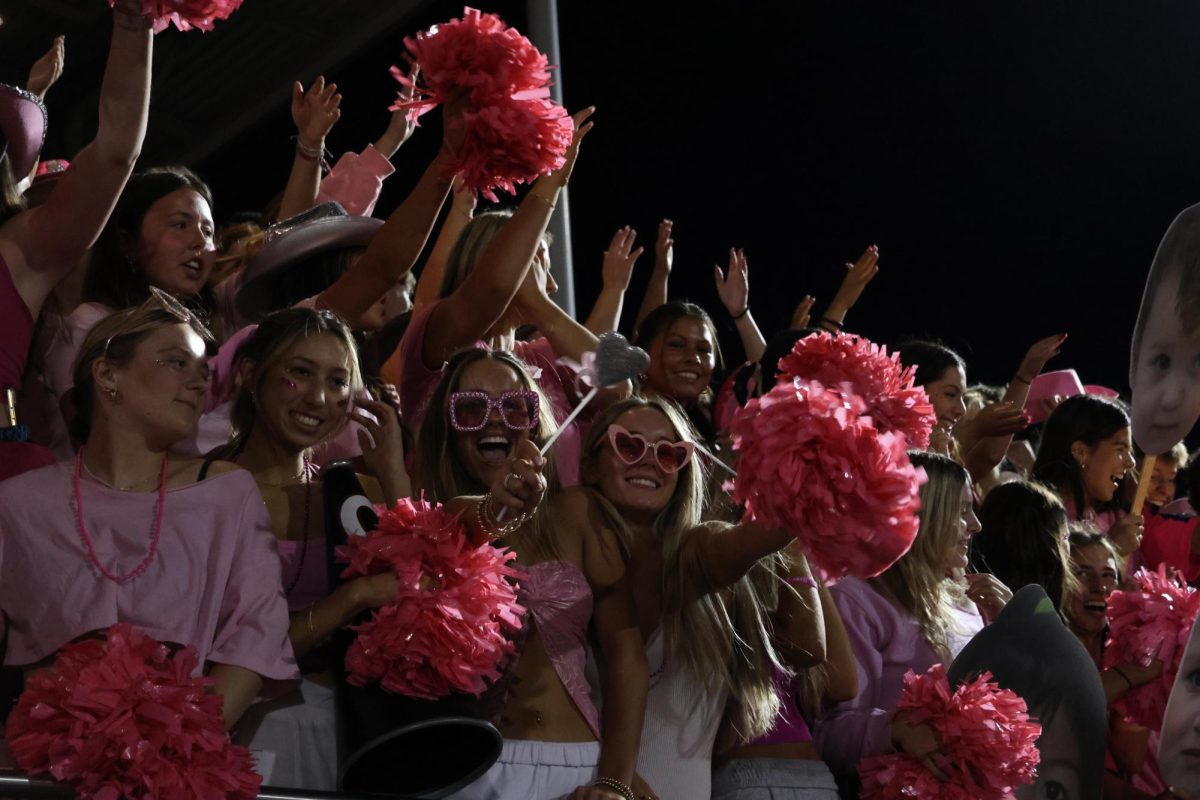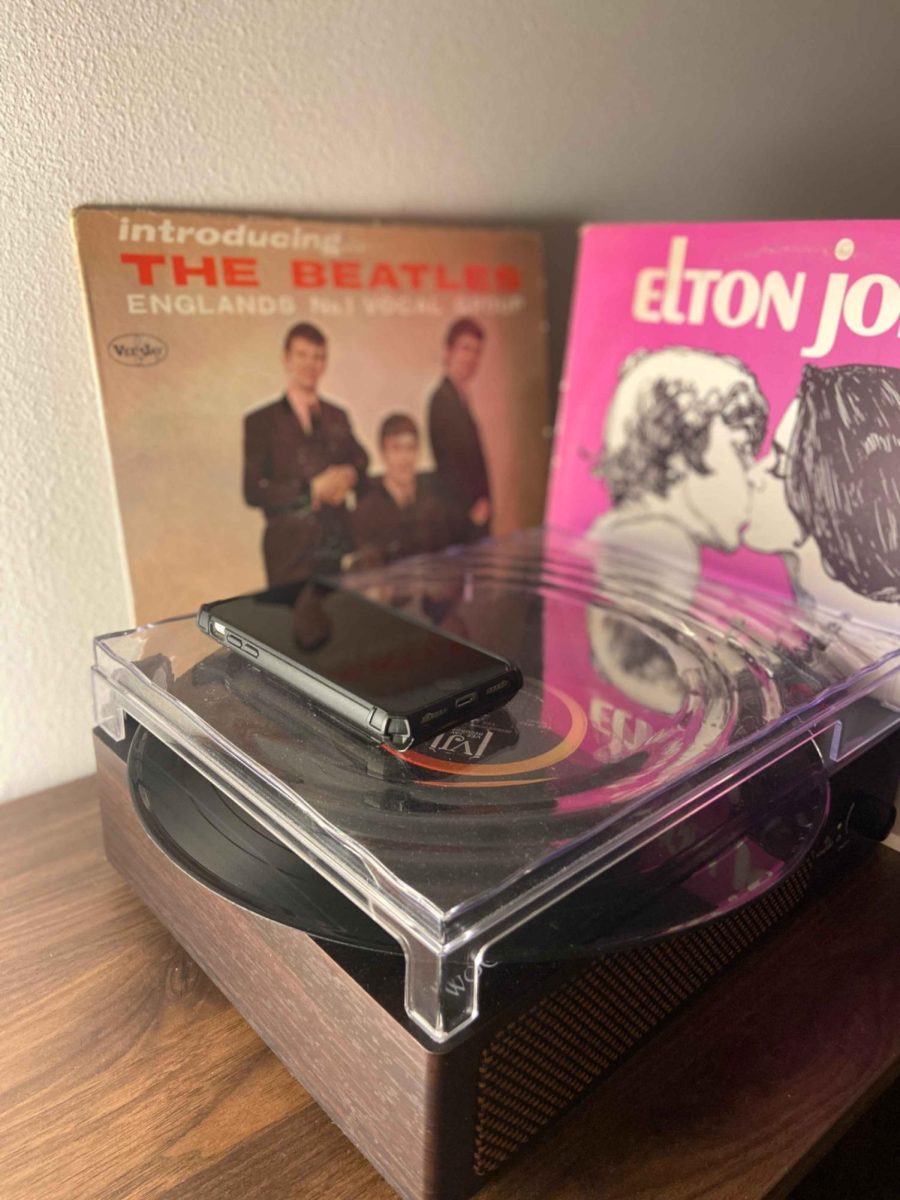“Pink-Out Games” have been an annual practice at Camas High School (CHS) for as long as I have been a student, and they never fail to put me in a state of confused agitation. On one hand, the idea of visibly showing support for those whose lives have been affected by breast cancer is a noble and worthwhile cause. Logically, I know this, but the less logical side of me, the side that walks down the hallway and cannot help but roll my eyes at the girl who is gleefully on her way to class adorned with all pink knee-high socks, face paint, and a tutu, feels that some level of enjoyment or festivity has been carelessly extracted from as severe and solemn a topic as cancer.
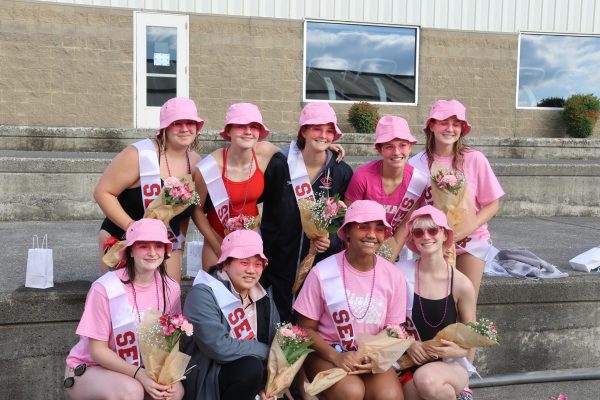
My mother was diagnosed with breast cancer when I was in middle school and underwent two years of chemotherapy and surgery before her remission. This topic is, thus, very close to my heart, and like the vast majority of CHS students, I care a lot about both the personal and communal support of this cause. That is why, despite how disingenuous and grating I found the comically excessive Pink-Out outfits or the indisputably inappropriate “save the boobs” posters at football games, I never questioned the Pink-Out tradition.
I presumed the proceeds or at least a percentage of earnings from Pink-Out sports games were donated toward breast cancer research or another form of breast cancer-related charity. I reasoned that my discomfort was insurmountably less significant than the tangible and large-spread effect economic resources can have on an issue of this type.
I continued this line of reasoning until about two months ago when I found out that despite fundraising’s legacy as a historic and integral element of CHS Pink-Out games, it was no longer in practice. I, as well as many other students, was shocked by this revelation and found it more challenging to justify the school’s use of the Pink-Out aesthetic without adequately contributing to the cause.
CHS sophomore Jadyn Tingley, who has also had personal experience with breast cancer, said she was upset after discovering the school’s lack of fundraising.
“I don’t think [Pink-Out games] should be just for the spirit. It should be something more,” Tingley said.
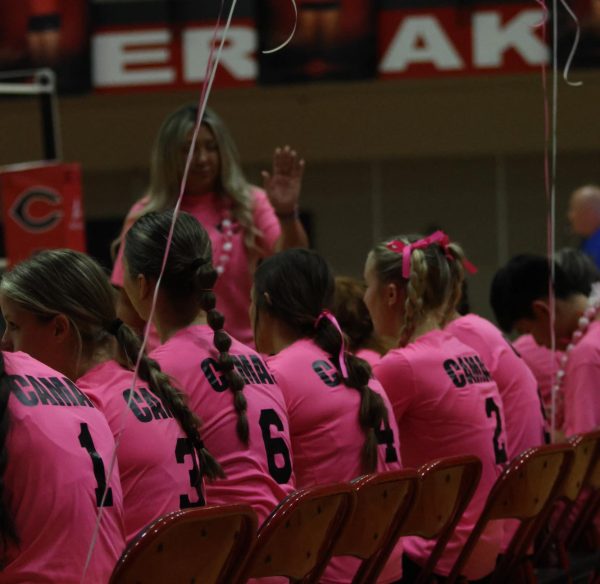
Another CHS student, Milo Udland, said the tradition seemed more preformative than practical.
However, to completely disregard the positive support that the Pink Out provides to many students throughout CHS, even in its barest of bones, would be irresponsible as well.
For many who have loved ones currently suffering from this disease, the Pink Out’s show of community and care can aid in a difficult time. CHS junior Cya Cook said they participate in events like Pink Outs to show their support for the affected parties.
The reality of the Pink Out is that it is an essential opportunity for CHS to extend compassion and care towards its students and their families. That being said, the lack of fundraising during the Pink-Out spirit weekdays calls into question the sincerity of that support. The reinstallation of CHS fundraising efforts towards breast cancer research during the Pink-Out games is, therefore, a necessary step the school must take in furthering support toward its students.
The idea of restoring fundraising for breast cancer-related institutions is circling the CHS Associated Student Body (ASB).
“We’d be interested in trying to create a fundraiser for our Pink Out night, whether that’s football, basketball, or volleyball,” Associate Principal and Athletic Director Stephen Baranowski said, “We’re looking at actually doing one for boy’s basketball too for the first time in a while this year, so we would love to support these causes.”















